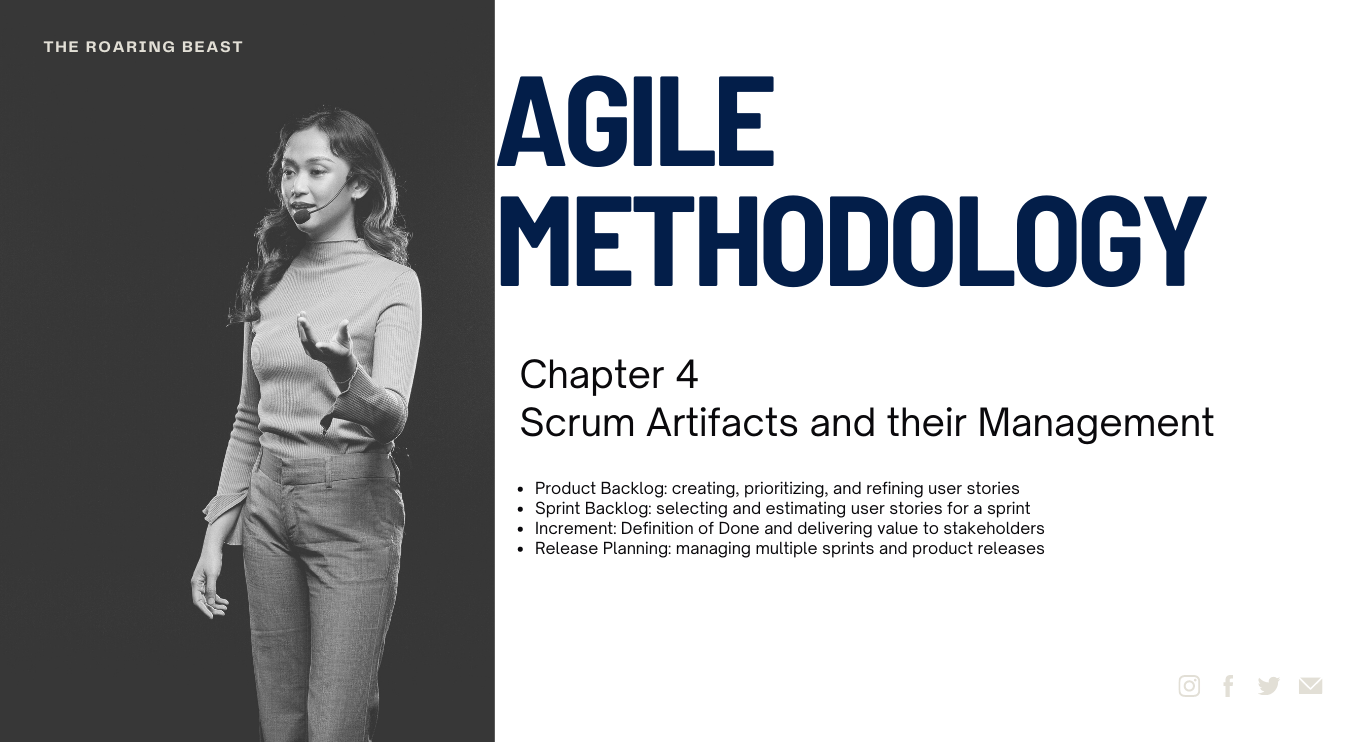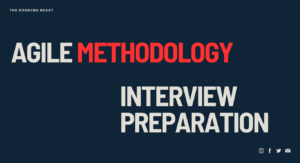The Product Backlog is an essential artifact in the Scrum framework that represents the requirements, features, enhancements, and fixes that need to be implemented in the product. Here are the key aspects of creating, prioritizing, and refining user stories within the Product Backlog:
Creating User Stories:
- User-Centric Approach: User stories capture the desired functionality from the perspective of the end user or customer. They focus on the value delivered to the user and the problem or need being addressed.
- INVEST Criteria: User stories should follow the INVEST criteria:
- Independent: User stories should be self-contained and independent of each other.
- Negotiable: User stories are open to discussion and can be refined or adjusted over time.
- Valuable: User stories should deliver value to the user or customer.
- Estimable: User stories should be estimable in terms of effort or complexity.
- Small: User stories should be small enough to be completed within a single sprint.
- Testable: User stories should be testable to ensure that the desired functionality is achieved.
- Collaborative Approach: The Product Owner collaborates with stakeholders, customers, and the Scrum Team to gather requirements and create user stories. They facilitate discussions and workshops to elicit and capture the desired functionality.
Prioritizing User Stories:
- Value-based Prioritization: The Product Owner prioritizes user stories based on the value they deliver to the stakeholders, customers, and the overall product vision. User stories with higher business value are assigned higher priority.
- Risk and Dependencies: The Product Owner considers the risks associated with user stories and any dependencies between them. User stories with high risk or critical dependencies may be prioritized accordingly to mitigate potential challenges.
- Continuous Refinement: The Product Backlog is continuously refined, and user stories are regularly reviewed and reprioritized based on changing requirements, market conditions, stakeholder feedback, and other relevant factors.
Refining User Stories:
- Backlog Refinement: The Product Owner, Scrum Master, and Development Team collaborate in backlog refinement sessions to refine user stories. The purpose is to add details, clarify requirements, and ensure that user stories are ready for implementation.
- Story Splitting: If a user story is too large or complex to be completed within a single sprint, it is split into smaller, more manageable stories. This allows for incremental delivery and enables the team to prioritize and implement individual parts of the functionality.
- Acceptance Criteria: Acceptance criteria are defined for each user story to provide clear guidelines on what needs to be accomplished for the story to be considered complete. These criteria help ensure a shared understanding of the desired functionality between the Product Owner and the Development Team.
- Estimation: The Development Team estimates the effort or complexity associated with implementing each user story. Estimations help in understanding the relative size of user stories, assisting with prioritization and sprint planning.
By following a user-centric approach, prioritizing based on value and risks, and continuously refining user stories, the Product Backlog becomes a dynamic and well-organized collection of items that reflect the evolving needs of the product and its stakeholders. This enables the Scrum Team to deliver value incrementally and respond effectively to changes throughout the development process.

